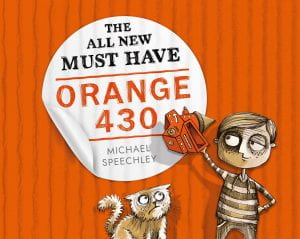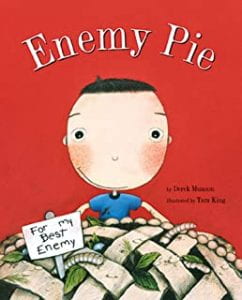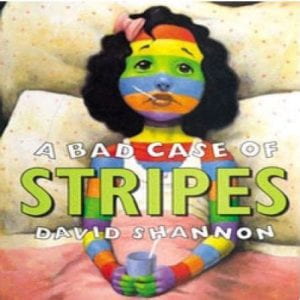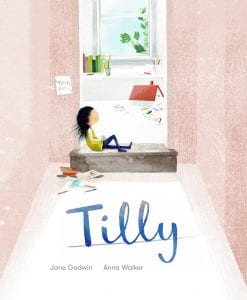The introduction to module 2 cites Cremin, Mottram, Bearne, & Goodwin (2008) who argue that teachers in the UK (and presumably Australia, too) rely on a fairly narrow selection of children’s authors and creators due to a lack of time for keeping up with publishing. Certainly, I would agree. Before I started this course and working in the school library, I had relied heavily on those authors I was familiar with, most of whom I had enjoyed myself as a child. Having worked now for two years in the school library, my knowledge of children’s literature has expanded somewhat, but I still believe I am barely scratching the surface of what is available. Currently we rely heavily on the Australian Standing Orders for collection expansion, along with student and staff (rare though this is) requests. I do not think this is good enough.
Two things happened this term in the school library that cemented my view on this. Firstly, the teachers of the OC classes, two ladies for whom I have enormous respect and personal connection with, asked our fully qualified TL to purchase for them a collection of books for their new classroom libraries for next year. The TL and I spent a good deal of time and energy seeking out the texts we would recommend. This was both a positive learning experience and a wake up call. On the one hand, we employed a number of strategies, which I will detail below, to search for appropriate literature and I was able to learn about and practice these strategies. On the other hand, meanwhile, it quickly became obvious that neither one of us really had a good grip on the state of the children’s literature playing field. My knowledge is very poor and needs expanding desperately. This need led me to sign up for this elective in the hope that I could move some way towards addressing the problem. That I would become more familiar with and develop stronger strategies for exploring, the latest offerings.
The second happening was that our Principal allocated the library an additional and unexpected $8000 to expand our collection of class novel sets. Christmas had come early to the school library and the TL and I were overjoyed and excited as the present collection is very little-used, out dated and generally dodgy. Some sets are falling apart from over use, but most of it has never been looked at. What, then, should we do? Should we spend some serious dough replacing the Roald Dahl collection that is falling apart, and use the remaining funds for new texts? Or should it be the other way around. The fact that the Dahls are so overused seems to indicate that the teachers are relying on him (as suggested earlier by Cremin, Mottram, Bearne, & Goodwin), that they know him and are perhaps time (and inclination) poor and choose not to expand their repertoire. What then to select… and how to select it?
Together we looked through a variety of selection aids: Goodreads, SCIS, NESA Suggested Texts, The PRC reading lists, CBCA shortlisters, favourite reviewers such as Barbara Braxton’s The Bottom Shelf, and various websites such as kids-bookreview.com. What became clear is that, in order for teachers to choose and use a text, they needed to be familiar with it and like it themselves. Having a huge selection of curriculum relevant texts in a dusty storeroom only hits half of the issue. Once good texts are selected, we need to get the teachers interested enough to read them. It is my hope that part of this subject will teach me some effective ways of doing this.





